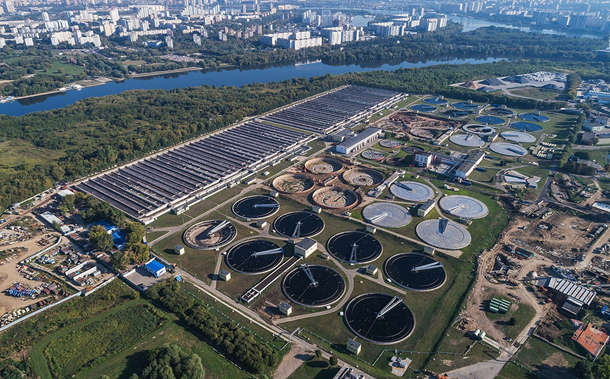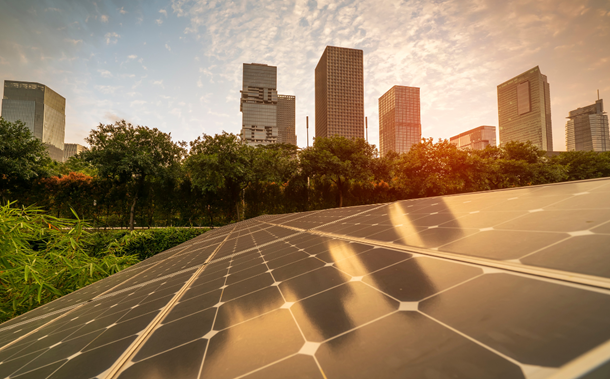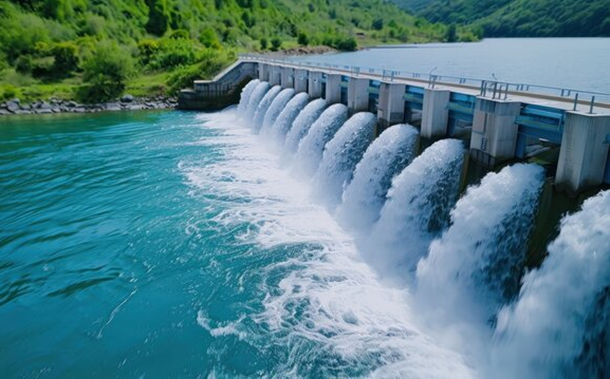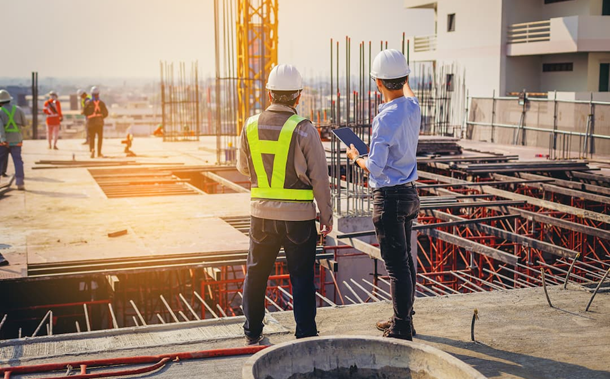Towards Sustainable Revitalization: The Public Squares Characteristics - Led the Adaptive Urban Revitalization Mechanisms
Downloads
Doi:10.28991/CEJ-2023-09-04-015
Full Text:PDF
Downloads
[2] Abdullah, S. F. K., & Al-Alwan, H. A. (2019). Urban Resilience in the Sustainable Urban Regeneration of Historic City Centers. Association of Arab Universities Journal of Engineering Sciences, 26(4), 130–143. doi:10.33261/jaaru.2019.26.4.015.
[3] Tawfeeq Najah, F., Fakhri Khalaf Abdullah, S., & Ameen Abdulkareem, T. (2023). Urban Land Use Changes: Effect of Green Urban Spaces Transformation on Urban Heat Islands in Baghdad. Alexandria Engineering Journal, 66, 555–571. doi:10.1016/j.aej.2022.11.005.
[4] Abbasian, A. (2016). Importance of urban squares as public space in social life: a new design of Fisktorget in Karlskrona City. Master Thesis, Blekinge Institute of Technology, Karlskrona, Sweden.
[5] Hanzl, M. (2013). The meaning of public spaces. Green Design, Materials and Manufacturing Processes, 39-44, Taylor & Francis, London, United Kingdom.
[6] Ma, X., Chau, C. K., & Lai, J. H. K. (2021). Critical factors influencing the comfort evaluation for recreational walking in urban street environments. Cities, 116, 103286. doi:10.1016/j.cities.2021.103286.
[7] Chua, M. H. Y. (2021). Macau Squares: Discerning the Triadic Sign Model of Built-Heritage. Sustainability, 13(13), 7024. doi:10.3390/su13137024.
[8] Lynch, K. (1984). Good city form. MIT Press, Cambridge, Massachusetts, United States.
[9] Memluk, Z., M. (2013). Designing Urban Squares. Advances in Landscape Architecture. Intech Open, London, United Kingdom. doi:10.5772/55826.
[10] Gehl, J. (2013). Cities for people. Island Press, Washington, United States.
[11] Li, S., Blythe, P., Zhang, Y., Edwards, S., Xing, J., Guo, W., ... & Namdeo, A. (2021). Should older people be considered a homogeneous group when interacting with level 3 automated vehicles?. Transportation Research Part F: Traffic Psychology and Behaviour, 78, 446-465. doi:10.1016/j.trf.2021.03.004.
[12] Elliott, M. N. (2013). The revitalization of the American downtown: A network of public squares in Richmond, Virginia. Mater Thesis, University of Maryland, College Park, United States.
[13] Whyte, W. H. (2012). City: Rediscovering the center. University of Pennsylvania Press, Philadelphia, United States.
[14] Lindarto, D., & Harisdani, D. (2020). Urban square as a strip development revitalization element (case study: Dr. Mansur street corridor, Medan City). IOP Conference Series: Materials Science and Engineering, 801(1), 012003. doi:10.1088/1757-899x/801/1/012003.
[15] Cevik, G. (2016). The Public Square: Memory and Meaning. Cross Americas: Probing Disglobal Networks-Papers. doi:10.35483/acsa.intl.2016.20.
[16] Adnan Abdulmounaam, S. (2021). The axis of pedestrian movement between traditional and contemporary thought. IOP Conference Series: Earth and Environmental Science, 754(1), 012032. doi:10.1088/1755-1315/754/1/012032.
[17] Ahmed, N. S., & Rasheed, K. G. (2020). The transitions in contemporary urban space. Journal of the planner and development, 25(1).
[18] Jaszczak, A., PochodyŠ‚a, E., & PŠ‚oszaj-Witkowska, B. (2022). Transformation of Green Areas in Central Squares after Revitalization: Evidence from Cittaslow Towns in Northeast Poland. Land, 11(4). doi:10.3390/land11040470.
[19] Mehan, A. (2016). Investigating the Role of Historical Public Squares on Promotion of Citizens' Quality of Life. Procedia Engineering, 161, 1768–1773. doi:10.1016/j.proeng.2016.08.774.
[20] Subiza-Pérez, M., Vozmediano, L., & San Juan, C. (2020). Welcome to your plaza: Assessing the restorative potential of urban squares through survey and objective evaluation methods. Cities, 100. doi:10.1016/j.cities.2019.102461.
[21] De Graaf, R. E. (2012). Adaptive urban development: A symbiosis between cities on land and water in the 21st century. Hogeschool Rotterdam, Rotterdam, Netherlands.
[22] McDonald, S., Malys, N., & Maliene, V. (2009). Urban regeneration for sustainable communities: A case study. Technological and Economic Development of Economy, 15(1), 49–59. doi:10.3846/1392-8619.2009.15.49-59.
[23] Javadi, H. (2015). Sustainable Urban Public Squares. European Journal of Sustainable Development, 5(3), 361-370. doi:10.14207/ejsd.2016.v5n3p361.
[24] Hasan, S. K., Hussein, L. T., & Mahdi, H. S. (2022). Analysis of Walking Accessibility of Community Park in Duhok City. Journal of planner and development, 27(2), 68-91.
[25] Ciepiela, A. (2019). Reinstanation the Significance of City Main Public Space - Revitalization of the Main Square in Polaniec. IOP Conference Series: Materials Science and Engineering, 471, 112020. doi:10.1088/1757-899x/471/11/112020.
[26] Abdullah, S. F. K., & Al-Alwan, H. A. (2018). Ecopolis Strategy in the Sustainable Urban Regeneration of Historic City Centers. Journal of University of Babylon for Engineering Sciences, 26(10), 359-380.
[27] Cherfaoui, D., & Djelal, N. (2018). Change in Use and Development of Public Squares Considering Daily Temporalities. Articulo – Revue de Sciences Humaines. doi:10.4000/articulo.3809.
[28] Dounia, K., & Boudjemaa, A. (2022). Batna City from Organized Planning to Distortion (Case Study Biskra Road Axis - Algeria). Mediterranean Journal of Social Sciences, 13(1), 77. doi:10.36941/mjss-2022-0008.
[29] Ben Aisha, Z. (2020). Public Spaces in Algeria Between Design and Use, a Case Study of Public Squares in the City of Batna, Algeria, Batna. Available online: http://dspace.univ-setif.dz:8888/jspui/handle/123456789/3920 (accessed on April 2023).
[30] Giddings, B., Charlton, J., & Horne, M. (2011). Public squares in European city centers. Urban Design International, 16(3), 202–212. doi:10.1057/udi.2011.6.
[31] Ibrahim, H. (2019). Principles of Achieving the Quality of Public Squares According to the Concept of Place Making. Journal of the Egyptian Society of Engineers, 58(2), 174-186. (In Arabic).
[32] Hegazy, I. (2020). The (No-) Public Space. Reviewing the Transformation of Al-Qaed Ibrahim's Urban Image. The Journal of Public Space, 5(1), 177-192. doi:10.32891/jps.v5i1.1257.
[33] Hattab, R. K., & Al Ani, M. Q. A. G. (2020). Innovative Urban Process to Revitalize Urban Spaces. IOP Conference Series: Materials Science and Engineering, 870(1), 012048. doi:10.1088/1757-899x/870/1/012048.
[34] Manehasa, K., & Çoniku, X. (2021). The Use of Public Space as Urban Regeneration Tool: A Case Study in Residential Block "1 Maji” in Tirana, Albania. European Journal of Social Science Education and Research, 8(1), 140. doi:10.26417/989uxl13s.
[35] Kyriazis, A., "Open Space – Open Program: Towards the End of the "Curated City” Researchgate Urban-Rural Sociology-Cities," In in book: Mediterranean Urban Campus for Regeneration at the Dubai 2020 Expo: Urban Open Spaces toward the New Challenges of Adaptively, 1-7.
[36] Dogan, T., Samaranayake, S., & Saraf, N. (2018). Urbano- A New Tool to Promote Mobility-Aware Urban Design, Active Transportation Modeling and Access Analysis for Amenities and Public Transport. (2018). Proceedings of the 2018 Symposium on Simulation for Architecture and Urban Design (SimAUD 2018). doi:10.22360/simaud.2018.simaud.028.
[37] Dogan, T., Yang, Y., Samaranayake, S., & Saraf, N. (2020). Urbano: A Tool to Promote Active Mobility Modeling and Amenity Analysis in Urban Design. Technology Architecture and Design, 4(1), 92–105. doi:10.1080/24751448.2020.1705716.
[38] Cheng, S., Leung, C. K. S., & van Ameijde, J. (2022). Evaluating the Accessibility of Amenities toward Walkable Neighborhoods: an Integrated Method for Testing Alternatives in a Generative Urban Design Process. Proceedings of the 27th Conference on Computer Aided Architectural Design Research in Asia (CAADRIA). doi:10.52842/conf.caadria.2022.1.495.
[39] El Shazly, A. E. (2022). Prospects of room graph at ‘Seqina' slum in Egypt. Ain Shams Engineering Journal, 13(3), 101594. doi:10.1016/j.asej.2021.09.021.
[40] Benedikt, M. L. (1979). To take hold of space: isovists and isovist fields. Environment and Planning B: Planning and Design, 6(1), 47–65. doi:10.1068/b060047.
- Authors retain all copyrights. It is noticeable that authors will not be forced to sign any copyright transfer agreements.
- This work (including HTML and PDF Files) is licensed under a Creative Commons Attribution 4.0 International License.![]()














